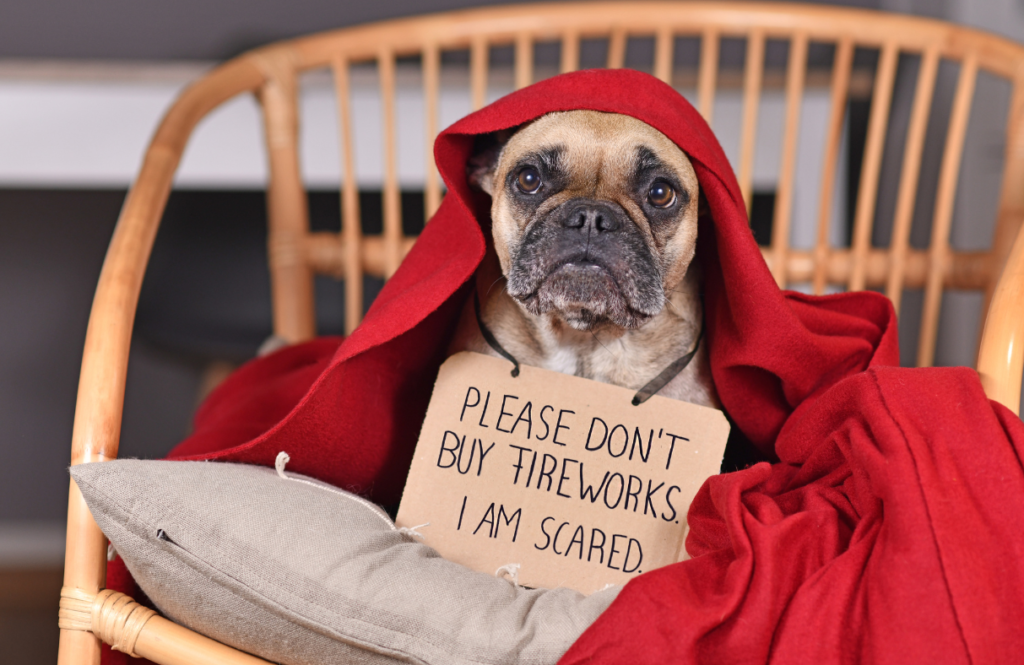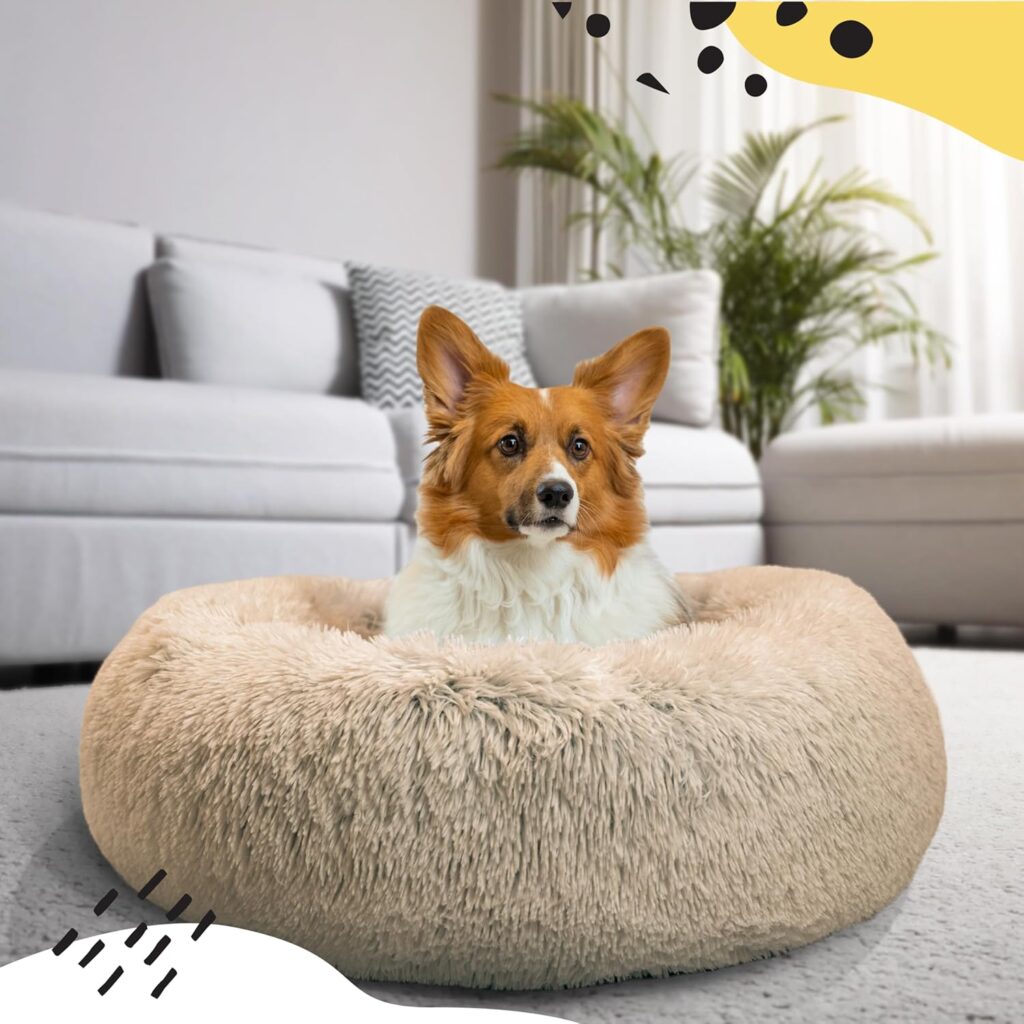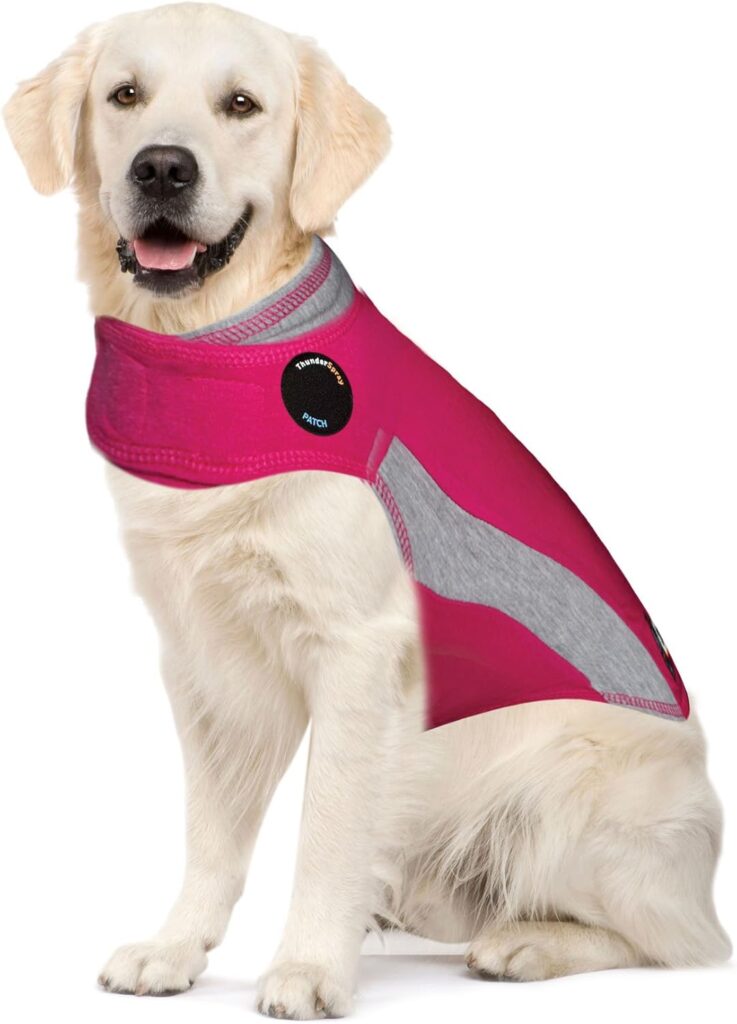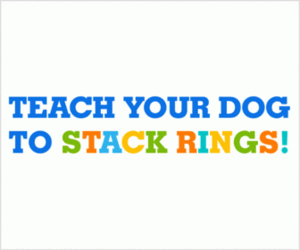If you’ve got a dog who’s scared of loud noises, you know how tough it is to watch them shiver, whimper, or hide when thunder rolls or fireworks pop off. It’s heartbreaking, right? Helping your pup deal with their fear isn’t just about calming them in the moment—it’s also about building their confidence so they can handle a noisy world more peacefully. Let’s break it down into steps that are practical, doable, and designed to make life easier for both you and your furry friend.
As an Amazon Associate, I earn commission from qualifying purchases.

Why Is My Dog So Scared of Loud Noises?
Dogs’ ears are way more sensitive than ours, so sounds that seem loud to you might feel overwhelming to them. Fear can show up in lots of ways—pacing, shaking, barking, hiding, or even chewing up things they normally wouldn’t. The good news? You can help. With some patience and a little planning, you can make their world feel safer and more predictable.
Creating a Safe Space
When loud noises start, it can help your dog tremendously if they have a safe space where they can retreat. The idea is to create a cozy spot that feels comforting and secure for them.
- Crate Comfort : If your dog likes their crate, turn it into a snug hideaway. Throw a thick blanket over the top (leave one side open for airflow), and add their favorite bedding or even an old shirt that smells like you. That familiar scent can be super comforting.
- Calming Products: A cozy bed can work wonders. The Best Friends by Sheri Calming Donut Bed is a fan favorite on Amazon, and some dogs love the gentle pressure of a weighted blanket made just for pups.
- White Noise or Music: Drown out the scary sounds with calming music or a white noise machine. The iCalmPet Ruff ‘n Ready Portable Speaker plays soothing classical or reggae tunes tailored for dogs. You can also find free playlists online designed specifically for anxious dogs.
Try Desensitization and Counterconditioning
If your dog’s fear is pretty intense, these training techniques can help change how they react to loud noises over time.
- Desensitization: Start by playing recordings of the scary noises at a super low volume while your dog is relaxed. Gradually increase the volume over days or weeks, rewarding them with treats or praise for staying calm. The goal? Help them realize these sounds aren’t as scary as they seem.
- Counterconditioning: Pair the noise with something they love, like treats or playtime. For example, when they hear the recording, toss them a treat or engage them in a fun game. Treats like Zuke’s Mini Naturals Training Treats are perfect for training sessions because they’re small and easy to handle.
Calming Aids Can Help
Sometimes a little extra help can make all the difference during noisy moments. Here are some options to consider:
- Thundershirt: This Thundershirt Classic Dog Anxiety Jacket applies gentle pressure around your dog’s torso, kind of like a comforting hug. Many pet parents swear by it for thunderstorms and fireworks.
- Calming Treats and Supplements: Look for treats with ingredients like L-theanine, melatonin, or chamomile. Zesty Paws Calming Bites are a popular choice with great reviews. Just check with your vet first to make sure they’re safe for your dog.
- Pheromone Diffusers: Products like the Adaptil Calming Diffuser release synthetic pheromones that mimic a mother dog’s natural calming scent. They’re great for creating a soothing atmosphere at home.
Stick to a Routine
Dogs love routines, and keeping things predictable can make them feel more secure—especially when loud noises throw things off. Stick to regular meal times, walks, and play sessions, and try these tips:
- Distract with Toys: Puzzle toys or a stuffed KONG Classic Dog Toy can keep their mind busy. Licking a LickiMat, can also be super soothing for anxious dogs.
- Stay Calm Yourself: Dogs pick up on our emotions. If you’re panicking, they’ll feel it too. Stay calm, speak gently, and show them there’s nothing to worry about.
Training Techniques for Long-Term Confidence
Building long-term confidence in your dog can help them better handle not just loud noises, but many anxiety-inducing situations. Focus on positive reinforcement training that rewards your dog for calm behavior.
- Gradual Exposure: Exposing your dog to new environments and stimuli in a controlled way can help reduce their overall anxiety. The more confident your dog becomes in different environments, the less likely they are to be afraid when sudden, unexpected noises occur.
- Relaxation Cues: Teaching relaxation cues like “settle” can be very helpful. This cue tells your dog to lay down and relax, even when they are feeling stressed. Practice this command when your dog is already calm, and reward them generously for following it. Over time, they will learn to associate the command with relaxation and will be more likely to follow it even when loud noises occur.
Using Anti-Anxiety Medications When Needed
In severe cases, medication might be the right call. If your dog’s fear is extreme and affecting their quality of life, talk to your vet about anti-anxiety meds. Options like trazodone or alprazolam can help reduce anxiety during events like thunderstorms or fireworks. Just remember: medication works best when combined with other strategies like desensitization and creating a safe space. Your vet will help you decide what’s best for your pup.
Preemptive Measures for Noise Events
When you know noisy events are coming—like New Year’s fireworks or nearby construction—you can plan ahead to make things easier for your dog.
- Exercise Before the Noise: A good workout can help tire your dog out and make it easier for them to stay calm. Go for a long walk, play fetch, or let them run around to burn off energy.
- Early Meal Time: Feed your dog before the noise begins. A full belly can help them relax, and using a slow feeder (like Outward Hound’s popular model) can keep them engaged and distracted.
During Thunderstorms or Fireworks
When the noise starts, try these tips to keep your dog as calm as possible:
- Close the Curtains: If flashes of light scare your dog along with the noise, shutting the curtains or blinds can help. Set up a cozy room away from windows for extra comfort.
- Act Normally: Dogs take cues from us. If you stay calm and relaxed, they’re more likely to feel safe. Avoid fussing over them when they’re scared, as this can reinforce their fear. Instead, reward any calm behavior they show.
What If Things Don’t Go Smoothly?
Sometimes, despite your best efforts, things can get tricky. Here’s how to handle common problems:
- Refusing to Eat: If your dog won’t eat during noisy events, try adding something extra tasty to their food, like this Chewy’s Chicken Meal Mixer, or a little low-sodium chicken broth or plain boiled chicken.
- Upset Stomach: If their anxiety leads to tummy troubles, slow things down and give them time to adjust. A spoonful of plain canned pumpkin (not pie mix) can help settle their stomach.
- Weight Changes: Anxiety or reduced activity during noisy periods can affect weight. Keep an eye on portion sizes and adjust as needed.
- Signs of Allergies: If you try new calming treats or products, watch for any signs of allergies, like itching or vomiting, and stop use if needed.
When to Call in the Pros
If your dog’s fear is severe and nothing seems to help, it might be time to reach out to a professional. A trainer, like Brain Training 4 Dogs, or veterinary behaviorist can create a customized plan to tackle your dog’s specific fears. In some cases, your vet might even recommend short-term anti-anxiety medication to help during particularly stressful events.
Progress Takes Time
Helping your dog overcome their fear of loud noises is a journey, and it’s okay if progress is slow. Celebrate the small wins—like a moment of calm during fireworks or less shaking during a thunderstorm. Every little step forward is a big deal for your pup.
Remember, your love and patience make all the difference. With a mix of comforting tools, positive reinforcement, and a lot of understanding, you can help your dog feel safer and more secure. And sometimes, just being there for them is all they need. You’ve got this!



